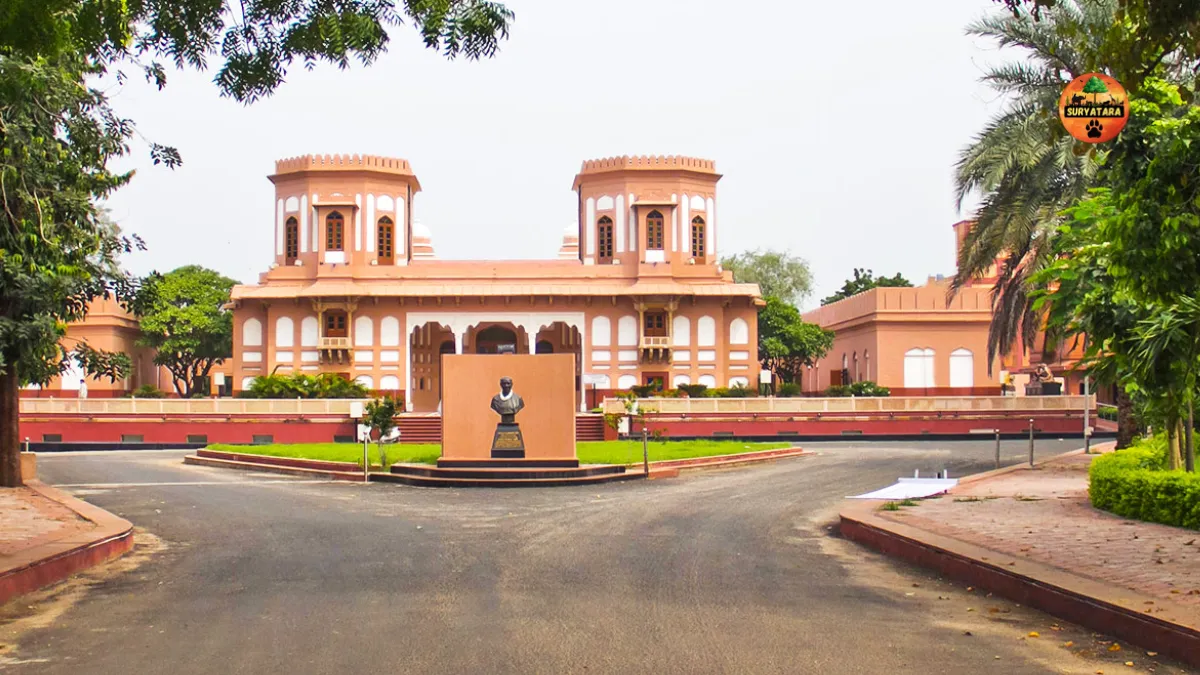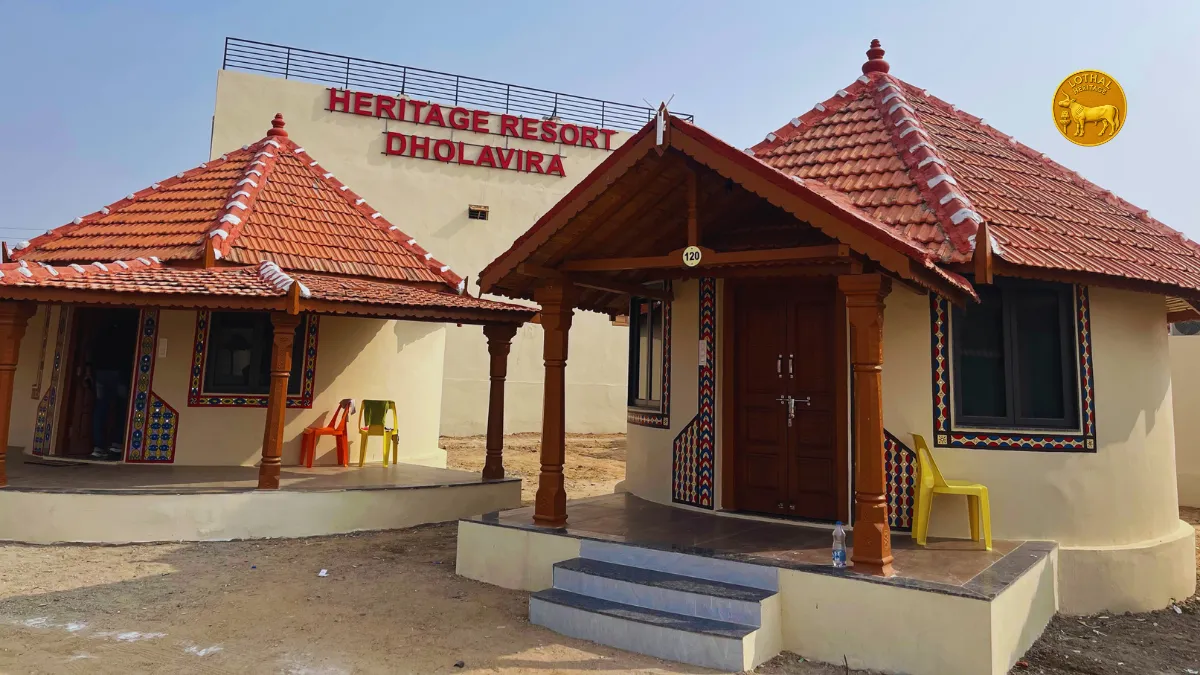In the heart of Ahmedabad stands a historic gem that beautifully blends India’s glorious past with modern storytelling — the Sardar Vallabhbhai Patel National Museum. Located inside the grand Moti Shahi Mahal, this museum is not just a building of bricks and marble; it is a living reminder of India’s freedom struggle, its visionaries, and its evolving cultural identity.
Despite its deep historical value, the museum remains one of the most underrated attractions in Ahmedabad, often overlooked by travelers who rush through the city. For those who take time to explore it, the experience is both educational and inspiring — a journey through time narrated with the help of advanced interactive technology.
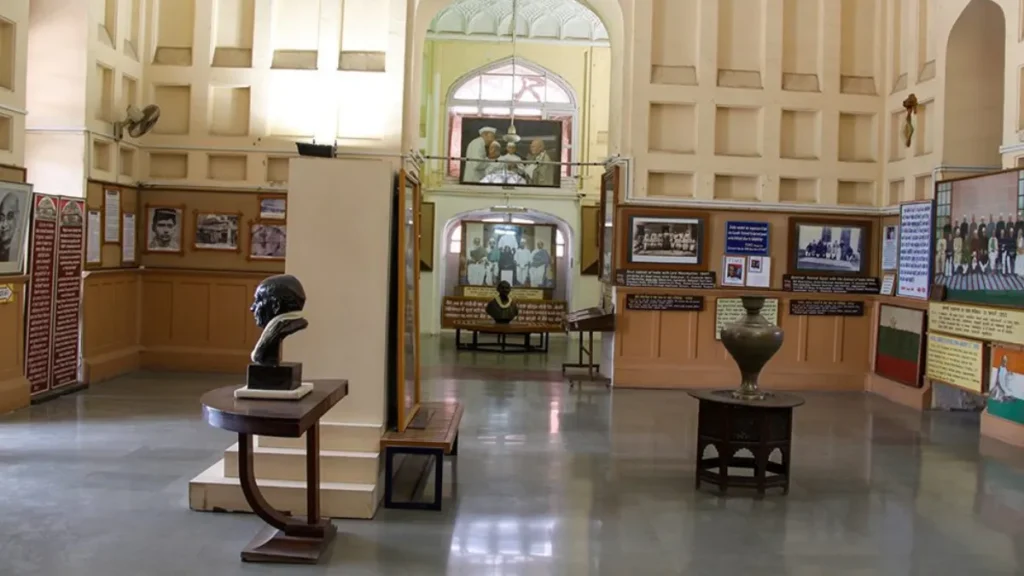
A Palace Turned into a Legacy
The Sardar Vallabhbhai Patel National Museum sits proudly within Moti Shahi Mahal, a magnificent palace originally built between 1618 and 1622 by the Mughal Emperor Shah Jahan — the same emperor who later commissioned the Taj Mahal. This palace once shimmered with the grandeur of Mughal artistry, surrounded by lush gardens filled with cypress, sandalwood, and fruit trees.
Over centuries, the palace changed hands several times. It was once occupied by the British, who used it as a government building during colonial rule. After India’s independence, from 1960 to 1978, it served as the Raj Bhavan, the official residence of the Governor of Gujarat.
In 1980, on the centennial birth anniversary of Sardar Vallabhbhai Patel, the palace was officially converted into a memorial dedicated to India’s “Iron Man” — the leader who unified more than 560 princely states into one independent nation.
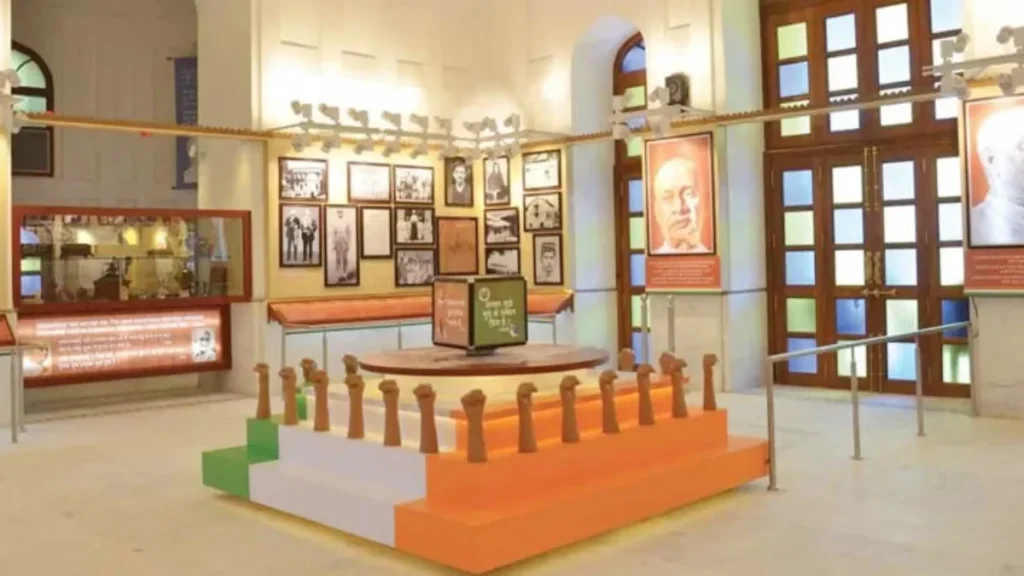
A Journey Through Sardar Patel’s Life
Inside the museum, visitors are welcomed by a rich collection of exhibits that trace the extraordinary life and achievements of Sardar Vallabhbhai Patel — a lawyer, freedom fighter, and the first Deputy Prime Minister of India. The displays cover Patel’s early years, his contribution to India’s freedom movement, and his monumental role in the political integration of India after independence.
What makes this museum stand out is its use of modern multimedia technology. Through interactive digital exhibits, audio-visual installations, and 3D displays, visitors can engage deeply with Patel’s philosophy, leadership, and decision-making during crucial moments in history.
Interestingly, the museum also dedicates space to other great figures who crossed paths with Patel. One of them is Rabindranath Tagore, India’s first Nobel laureate in literature, who stayed at the palace when he was just 17 years old. This small detail connects two of India’s greatest minds under one historic roof.
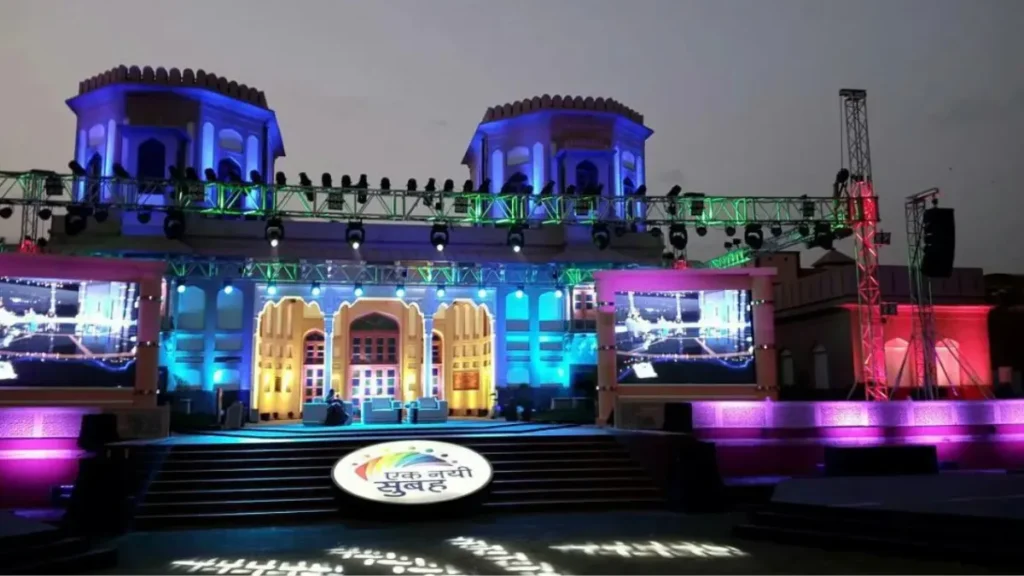
A Perfect Blend of History and Technology
The museum’s design ensures that every section tells a story in an engaging way. Touch screens, holographic visuals, and short documentary films give visitors a real sense of India’s political transformation. The 3D light and sound show, held every evening from 7:00 PM to 7:45 PM, is a must-watch experience. It vividly brings Sardar Patel’s journey to life with animation, visuals, and narration that appeal to all age groups.
Visitor Information
Timings:
The museum is open from 9:30 AM to 5:00 PM every day except Monday. The 3D show runs in the evening from 7:00 PM to 7:45 PM, offering a perfect way to end your visit.
Location:
The museum is located in Ahmedabad, Gujarat — one of India’s most culturally rich cities.
How to Reach the Museum
By Road
Gujarat has one of the most well-developed road networks in India. Ahmedabad is connected to all major towns and cities through excellent highways. Both state-run and private buses operate frequently, making it convenient for travelers to reach the museum from anywhere in the state.
By Train
The Ahmedabad Railway Station (in Kalupur) connects the city to almost every major destination in India via the Western Railway network. With the upcoming Mumbai–Ahmedabad bullet train project, set to run at 320 km/h, travel time between the two cities will soon be reduced to just three hours — bringing visitors even closer to this cultural landmark.
By Air
The Sardar Vallabhbhai Patel International Airport, located in Ahmedabad, offers connectivity to all major Indian cities and several international destinations. From the airport, the museum is easily accessible by taxi or local transport.
Also read: Lothal Museum Ticket Price, Timings, and Complete Visitor Guide
Why You Should Visit
Visiting the Sardar Vallabhbhai Patel National Museum is more than just a history lesson — it’s a deeply emotional experience. It allows you to step into the life of one of India’s greatest leaders and feel the spirit of unity he fought for. Whether you’re a history lover, a student, or a traveler seeking to understand India’s identity, this museum offers an unforgettable glimpse into the making of a nation.
Also read: Maritime Museum in India: Preserving 5,000 Years of Oceanic Heritage
Conclusion
The Sardar Vallabhbhai Patel National Museum perfectly symbolizes India’s pride and progress — a blend of heritage, architecture, and innovation. From Mughal artistry to modern digital storytelling, it represents how India’s past continues to inspire its future. For global visitors, this museum is a must-visit cultural landmark that truly brings Indian history to life.
